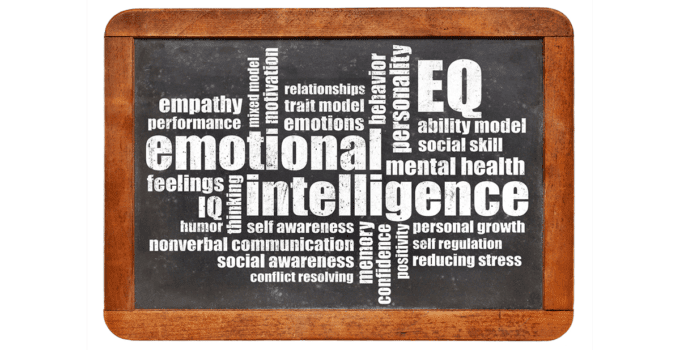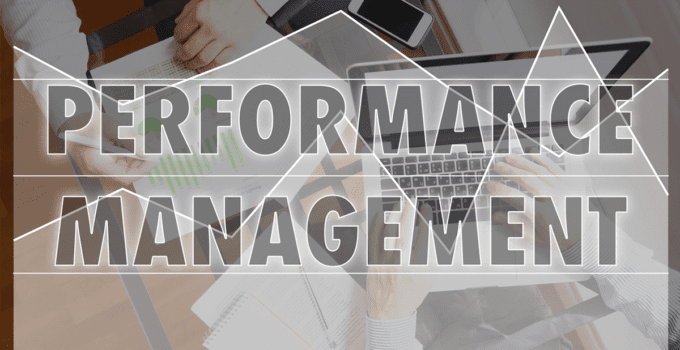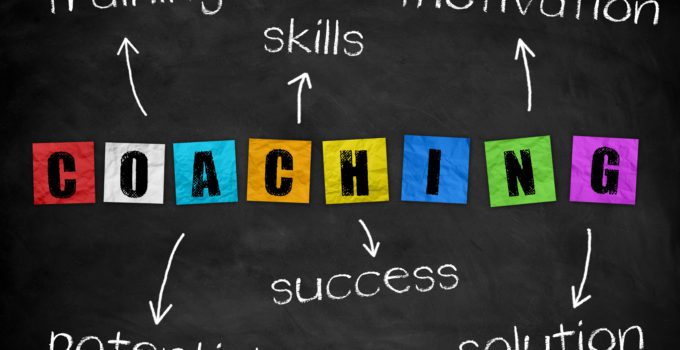Approximately 70 percent of organizations report that staff turnover has a negative impact on financial stability. Recruiting, hiring, and training are costly procedures that organizations try to—and should try to—avoid performing too often if it can be avoided. Save yourself the 6 to 9 months of lost employee salary by trying to keep the good ones you have instead of firing and hiring. The best way to do that is by implementing retention strategies that are inexpensive and effective. Take a look at some of these suggestions. Provide the right amount of feedback. A Harvard Business Review study found that
A 2016 SHRM survey of more than 2,300 HR professionals reported that recruiting was their top challenge. When it comes to talent acquisition, originality is far from the key factor. If you come across a strategy that works, adapt it to your own organization.
Hiring is becoming more competitive as qualified individuals enter the workforce faster than companies can prepare to treat them right. Most companies that can afford it jump straight to monetary offers. However, despite what most people think, pay isn’t necessarily the top determining factor for talented job seekers. There could be a number of reasons why your organization is missing out on top talent. Keep reading and see if any of these factors apply to your organization. Your Interview Style Websites such as Glassdoor have arisen in attempts to keep interviewers in check, amongst other aspects of organizations. Any interviewer
There is a limitless amount of skills that contribute to leadership success. If you google the term ‘leadership skills’ a million results will pop up, each article listing different skills as most important. But the truth is, there’s no right or wrong answer on which skills are most important—it’s up to the individual, as well as the type of role they hold, to determine which leadership skills are most important in their workday.
Women may not hold the majority of leadership roles, but they are definitely on the charts. And here’s something you may not know: those charts are growing. Pew Research Center has found that the number of women holding leadership roles—including branches of government, Fortune 500 companies, and college universities—has been steadily increasing since the mid-1960s. Since those numbers are only going to keep increasing, it can’t hurt to be aware of the most effective—and undervalued—leadership qualities in women. Opportunity-driven Women tend to see the glass half-full more often, making them more likely to search for and obtain opportunities. A leader
The Center for Creative Leadership in the U.S. found that the primary causes of executive derailment involve shortfalls in emotional intelligence. More specifically, the causes are difficulty handling change, inability to work well in a team, and poor interpersonal relations. Emotional intelligence is clearly an important factor in workplace success. With that said, it is valuable to be familiar with its clear definition, as well as some tips for utilizing it correctly. Emotional intelligence has 4 basic components: self-awareness, self-management, social awareness, and relationship management. Self-awareness is the ability to perceive and stay aware of your emotions. Self-management is your
Being scrutinized under a microscope can be daunting. You get the feeling that you’re not able to explain your reasoning for actions or habits, or you may be afraid you come across different to people than you do to yourself. These frustrations can lead people to be unenthusiastic about appraisal and, therefore, development. But, there is still hope: whether you consider yourself humble or self-centered, everyone has the human desire to talk about themselves once in a while. This means that, if given the chance, anyone would be willing to participate in a self-evaluation process. Self-evaluation is a great way
Take a look at your organization’s performance appraisal. Do they actively track improved performance? If the answer is no, don’t be too mad at them. Maybe they just don’t know that performance management practices directly correlate to employee engagement. In fact, performance management has numerous benefits on employees and organizations. Think about these performance management stats while you plan an effective appraisal plan for your organization. Managers who received feedback on their strengths showed 8.9 percent greater profitability. Companies who implement regular employee feedback have turnover rates that are 14.9 percent lower than for employees who receive no feedback. 69
It’s common knowledge that coaching a new leader is vital to their success in the role. But what we often forget is that even the veteran leaders could use some coaching, too. Whether a change of the times calls for a change in leadership styles, or even if it’s just to tone up your current style, we can’t forget that experienced leaders benefit from some executive coaching, too. Making the assumption that an experienced leader needs no coaching is the equivalent of not having a constant goal for improvement. Wanting or needing executive coaching should not be viewed as “needs
The latest SHRM/Globoforce Employee Recognition Survey found that, when asked if managers need training on how to coach employees, 93 percent of those surveyed said yes. Even an underperforming employee can recognize when a manager is lacking in coaching skills. It is easy to get discouraged when it appears your coaching methods are not paying off, but it is important to try and try again. There are 4 simple tasks you can follow to strengthen your coaching style. #1: Explain. Anyone is more motivated to put effort into a task when they are aware of the task’s purpose. Explain to










